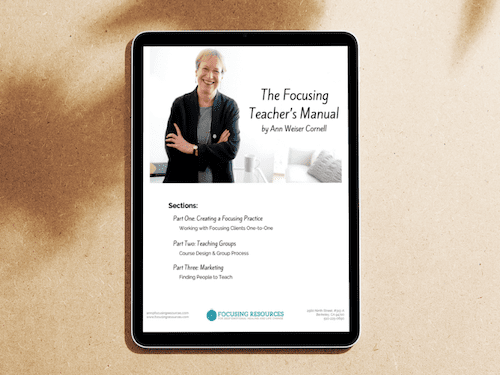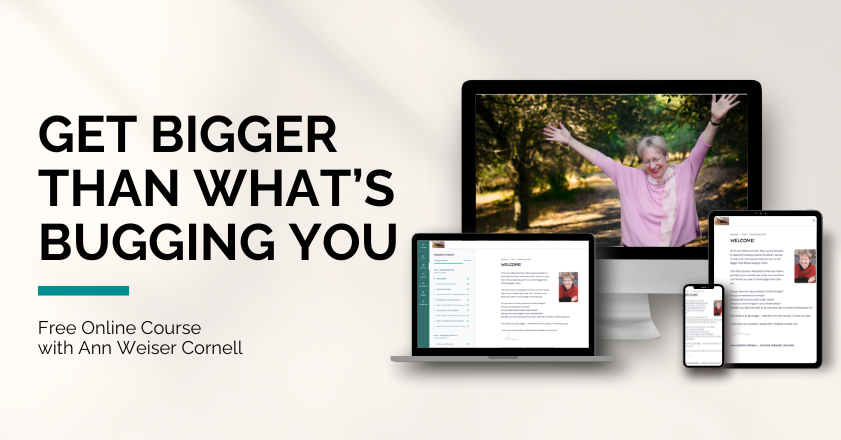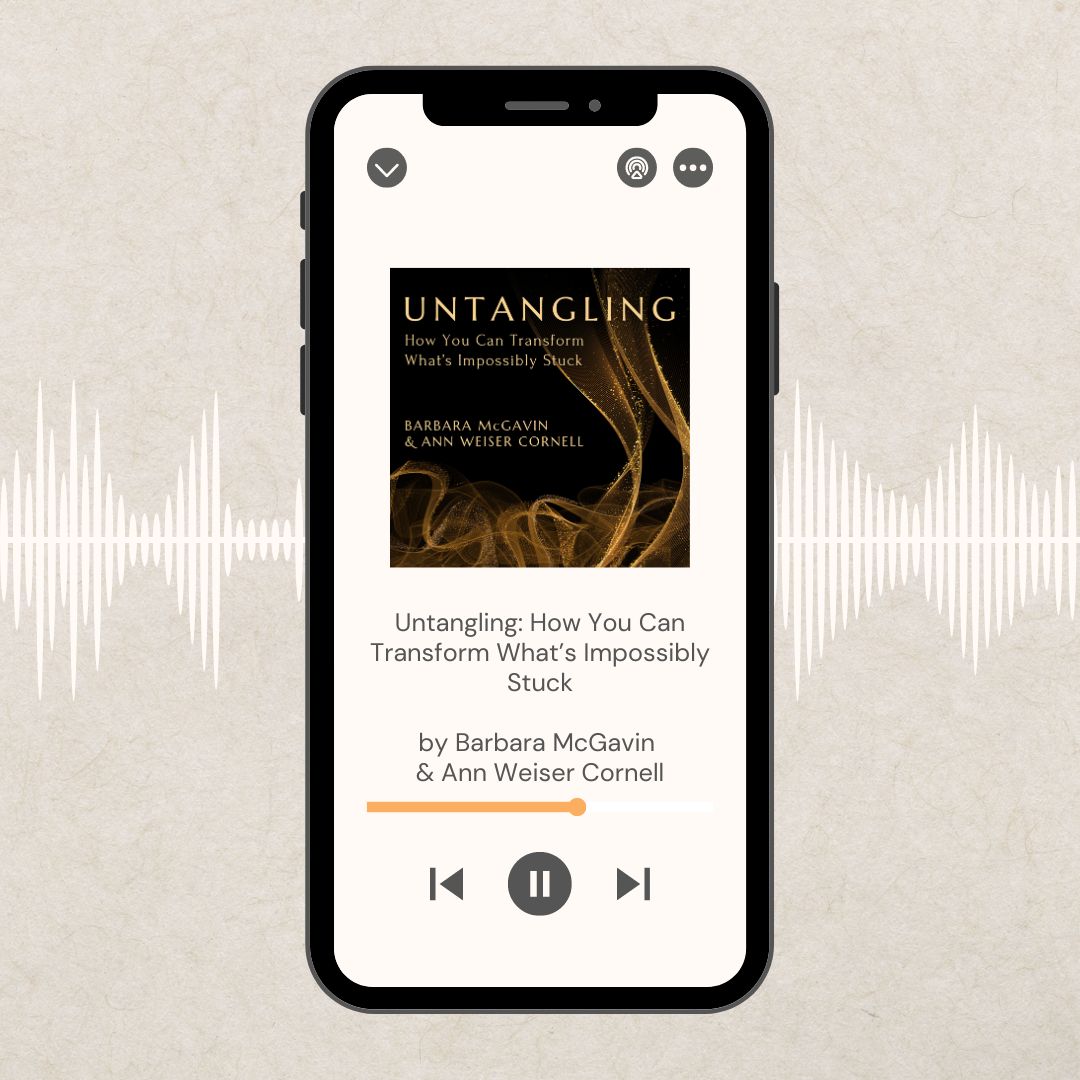The Focusing Teacher’s Manual

The newly-revised (2020) extensive and comprehensive 3-part manual for teachers of Focusing
Complete Manual (PDF only): $197.00
Ann Weiser Cornell has been teaching Focusing to groups and taking people through Focusing sessions one-to-one since 1983. The Focusing Teacher’s Manual is written for her advanced trainees and is available to you as well. It contains detailed and in-depth guidance on creating a practice as a Focusing professional, offering one-to-one Focusing sessions, teaching Focusing to groups, and communicating about Focusing to people who are prospective students and clients.
Format
The Focusing Teacher’s Manual is available as digital download PDF files. The manual is divided into 3 sections:
Note: Teaching Focusing, one-to-one and to groups, requires certification as “Focusing Professional” from the Focusing Institute. If you purchase these manuals without being certified or being in training, please be aware that ownership of the manuals does not qualify you to teach Focusing either to individuals or to groups. More information on certification.
If you need help with digital download products, click here for our FAQs.




